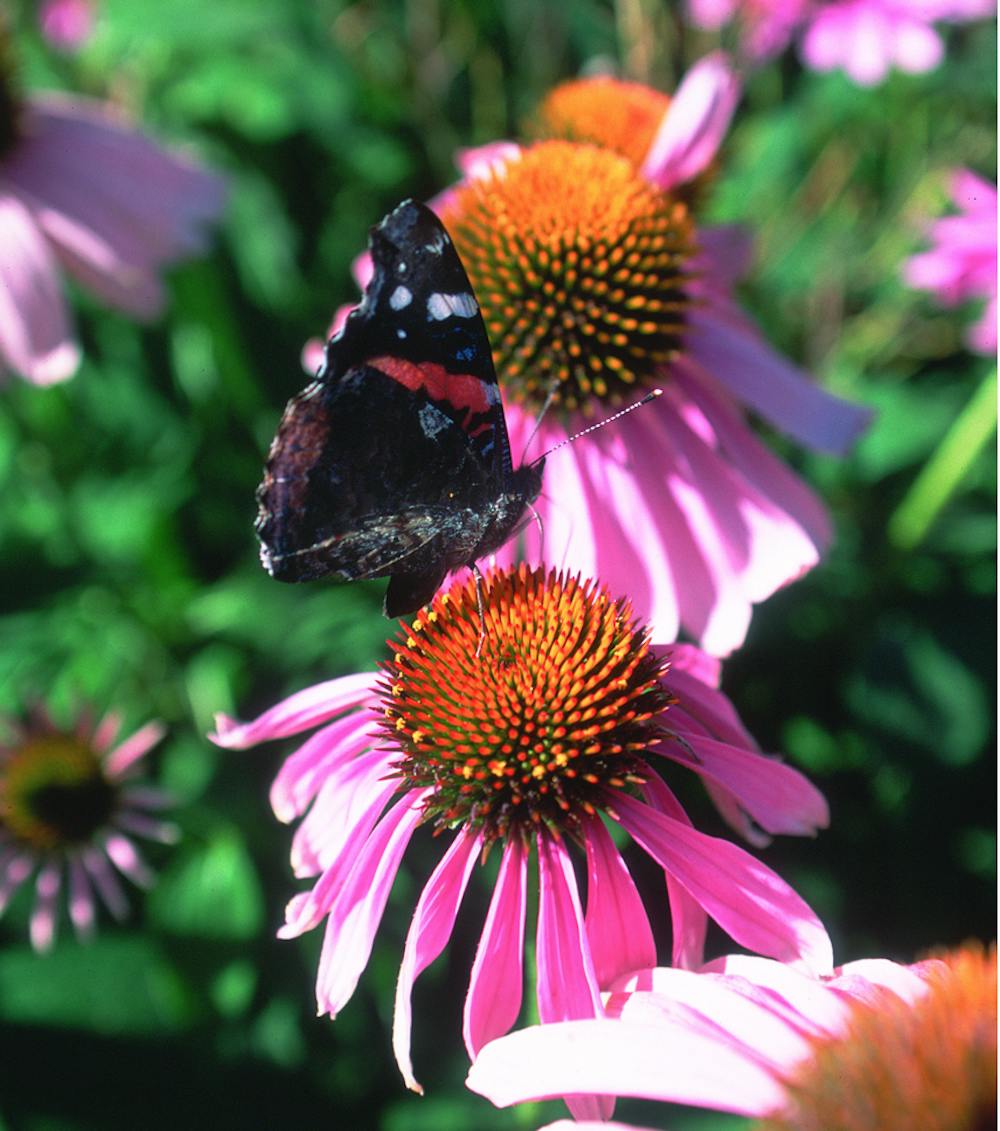By: Tyler Gillette
Did you know that one of the biggest environmental issues today is habitat fragmentation? Pollinators such as bees and butterflies and the wildlife that feed off of these insects are in decline, which is why ecological restoration has started to become an important topic recently. Since more than 70 percent of the land in the U.S is privately owned, one of the trending ways that we can help combat these issues is performing ecological restoration and providing habitat in our own backyards. Anyone can help add habitat by adding these four essential things for wildlife to their yard: food, shelter, a place to raise young and water. This does not have to be immediate, but it can be a work in progress.For food, you need to provide everything for the whole year. You can provide pollen and nectar for pollinators by choosing plants that make a mixture for spring, summer and fall. If needed, you can use a patio, balcony and window boxes. Butterflies need plants containing nectar and host plants for laying their eggs on and for food used by the caterpillars. In order to create the best habitat, diversity of native plants is key.For water, you can use a shallow dish, bowl, mud puddle and a birdbath for pollinators. You can also provide water by making a shallow in-ground pool or pond and provide a water barrel. Logs and rocks can also hold water and provide a place to bask for wildlife. You can also create your own wetland.For shelter, dead tree trunks provide great places for a lot of wildlife to nest. According to the NRCS, “dead trees provide homes to more than 400 species of birds, mammals and amphibians.”Evergreens are a place for food and a great cover for severe winters. You can also use brush piles and man-made wildlife houses such as bat houses and bird houses. A thick layer of leaves also makes great habitat and shelter for many types of wildlife.One of the important things is to not use pesticides, but if you have to use them, make sure you apply them sparingly and responsibly. You can eventually attract wildlife that will become natural pest control for your habitat.Some of the benefits of ecological restoration of your backyard that comes with planting natives are reduced soil erosion, reduced sediment in waterways, conserved water, improved water quality, inspiration for others, providing natural aesthetics, lower costs, lower maintenance and stormwater filtration.You can get your backyard habitats certified by the National Wildlife Federation or Monarch Waystation. Miami University has a few butterfly gardens on campus. These gardens are the Pearson Plaza Butterfly Garden, Upham Hall Bluestone Gardens, Rec Center Butterfly Garden, the Natural Areas Bird Blind Butterfly Gardens, Triangle Garden near Boyd Hall and the High Street butterfly garden (bus stop north of Laws Hall). These gardens are composed of native plants that provide habitat for native wildlife. The Pearson Plaza Butterfly garden is a certified Monarch Waystation. It is used by students, staff and faculty to collect data on monarch butterflies.Another local practitioner of ecological restoration would be Miami University professor Hays Cummins. He owns a 32-acre conservation easement in Oxford called the Edge of the Farm Conservation Area where he has helped restore 11 acres of prairie, 5 acres of wetlands and 21 acres of forest.For more resources go to:Ohio Division of WildlifeFive Rivers MetroparksMiami University Butterfly GardensUSDA-NCRSNational Wildlife FederationPhoto via Wikimedia Commons.

